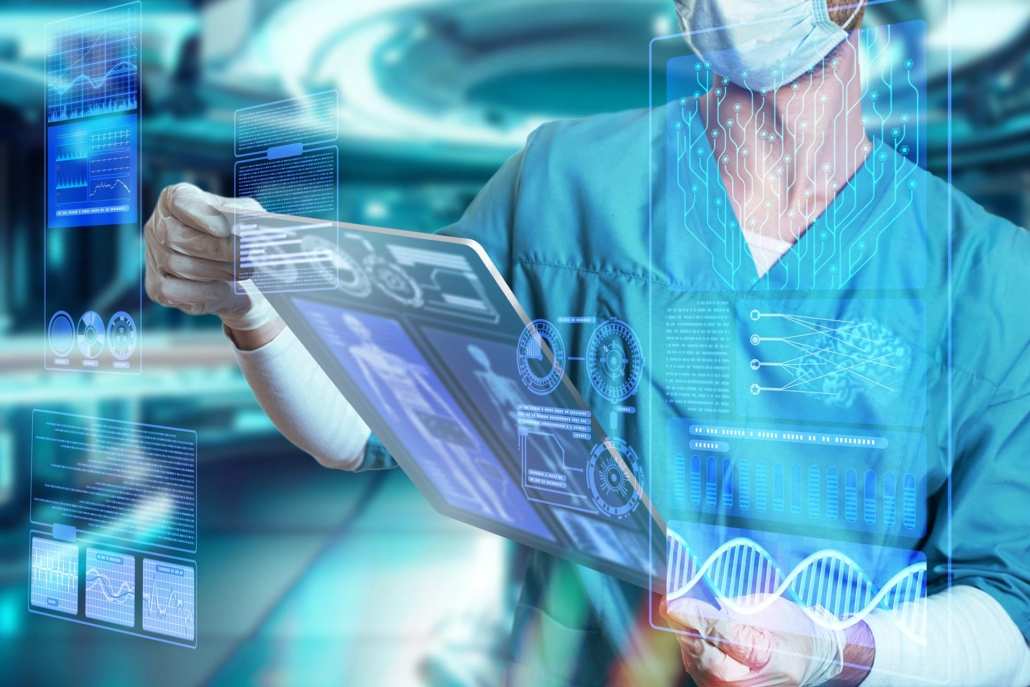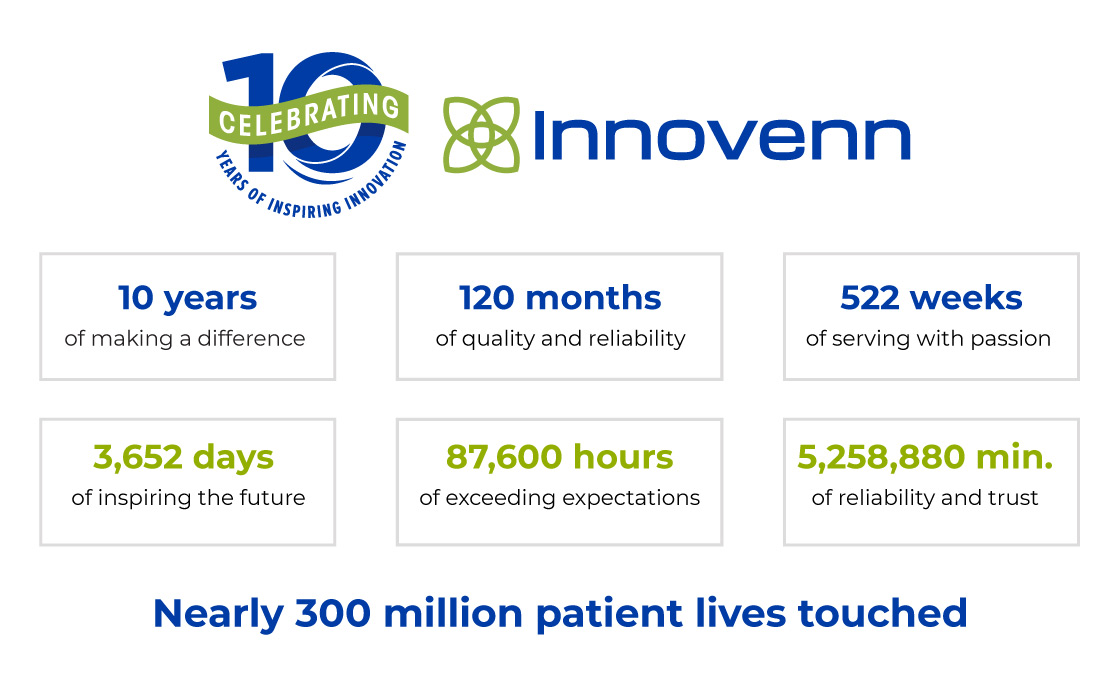Almost every business now uses software, which has increased the manufacturing and delivery of millions of great products while also bringing new conveniences and complexity levels to the market.
The market for medical devices is no exception. Initially, physical devices were operated by software. However, it didn’t take long for people to start developing software only solutions that were independent of medical device hardware.
Our team members are enthusiastic patient advocates with the expertise and credentials to understand the requirements for regulatory approval and effectively collaborate with industry internal stakeholders, HCPs, advocacy, caregivers and patient groups to collect user input and feedback. We demystify SaMD development and help you develop regulated medical software that addresses a clinical problem to solve (unmet need) and that has the potential to impact patient outcomes.




